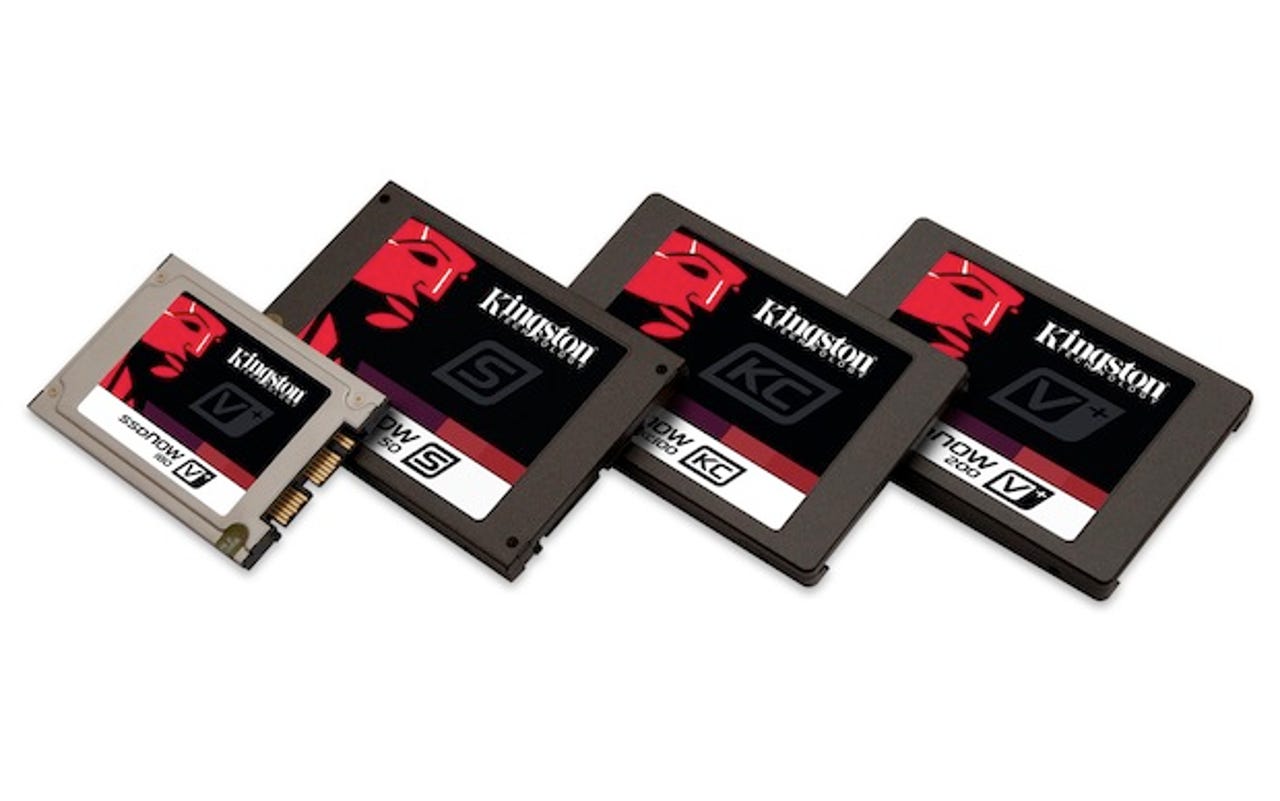Extend the life of your desktop or notebook with solid state drives


Solid state drives (aka SSDs) have become an increasingly standard configuration choice for new notebook computers. Apple's MacBook Air is just one example of a system that comes standard with flash memory, which helps the ultra-thin notebook boot up more quickly and process data requests more rapidly.
But did you know that SSDs can amp up the performance of older desktops and notebooks?
I recently interviewed several IT services companies focused on SMBs, and they report that a growing number of their small-business clients are opting for SSDs to get another year or more out of aging hardware.
For one thing, they provide a workaround for the memory limitations of 32-bit systems. Baroan Technologies, an IT services firm found that the system boot-up time can be shrunk from several minutes down to less than 30 seconds, said Guy Baroan, the founder and president of the company.
Even though SSDs can be pretty expensive -- up to 88 cents per gigabyte compared with 19 cents per gigabyte for traditional spindle hard drives -- your company might be able to help keep costs down by buying a small capacity drive. I mean, seriously, are you really going to fill up a 768 gigabyte hard drive on your notebook computer? Chances are, you can swap out a higher capacity, but slower, hard drive for a smaller capacity SSD.
Oh, yes, another place where SSDs might be able to help is in extending battery life. That's because your system doesn't have to keep the drives spinning to do its job.
Another thing making SSD upgrades more palatable is the availability of free software from Acronis that can simplify the data migration process. It can also help small businesses convert yor current internal hard drives into external ones where older data can be archived, another smart data management strategy.